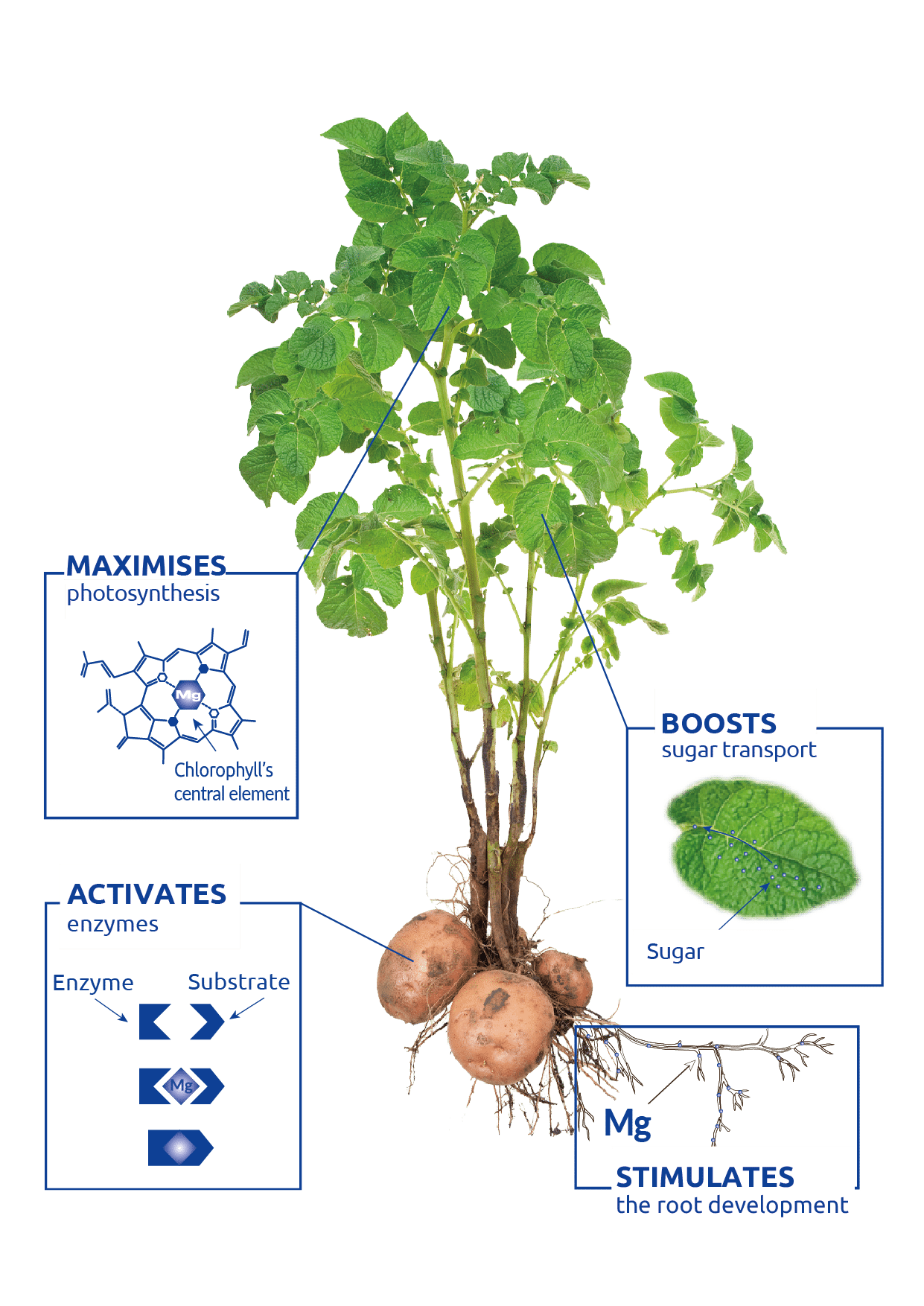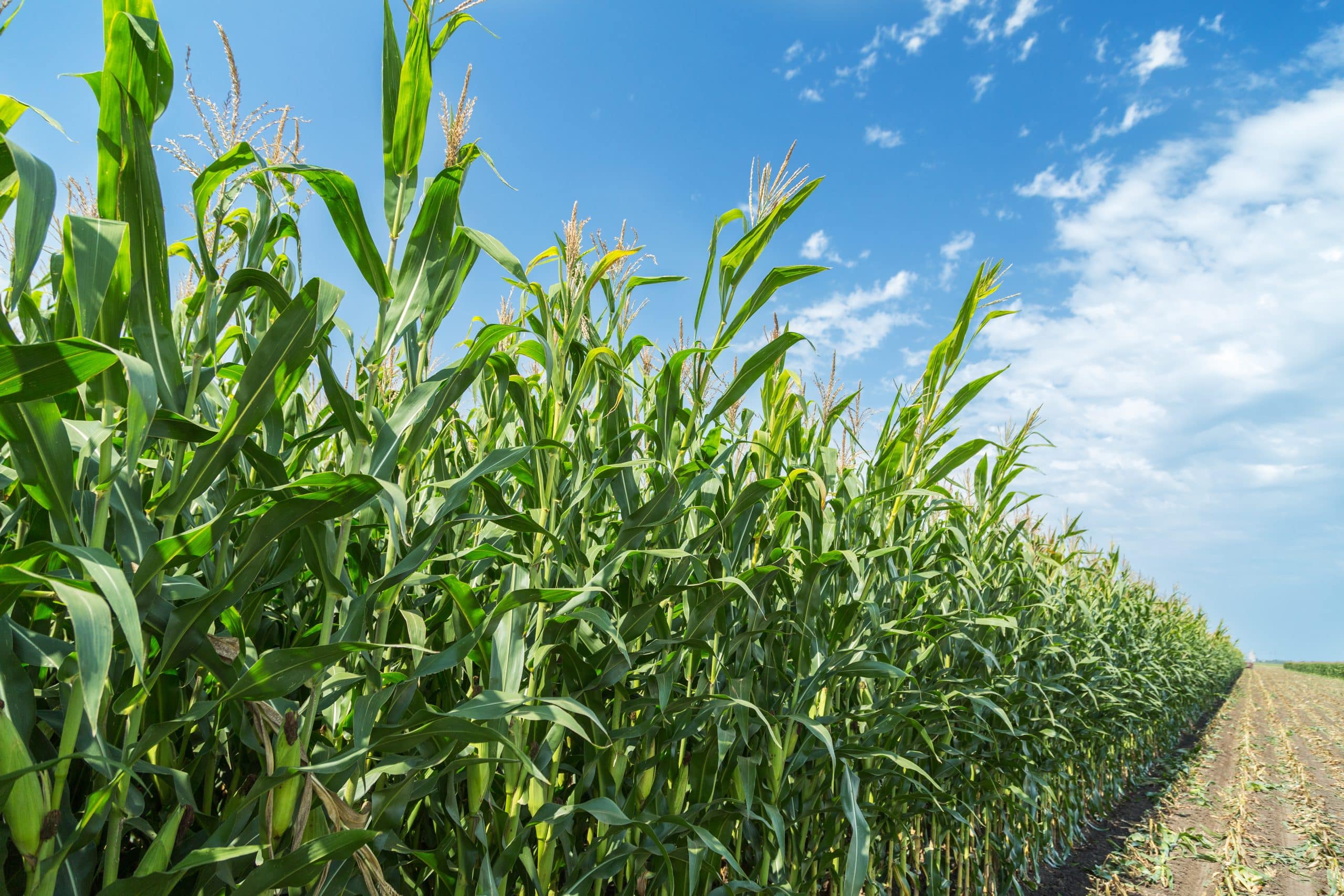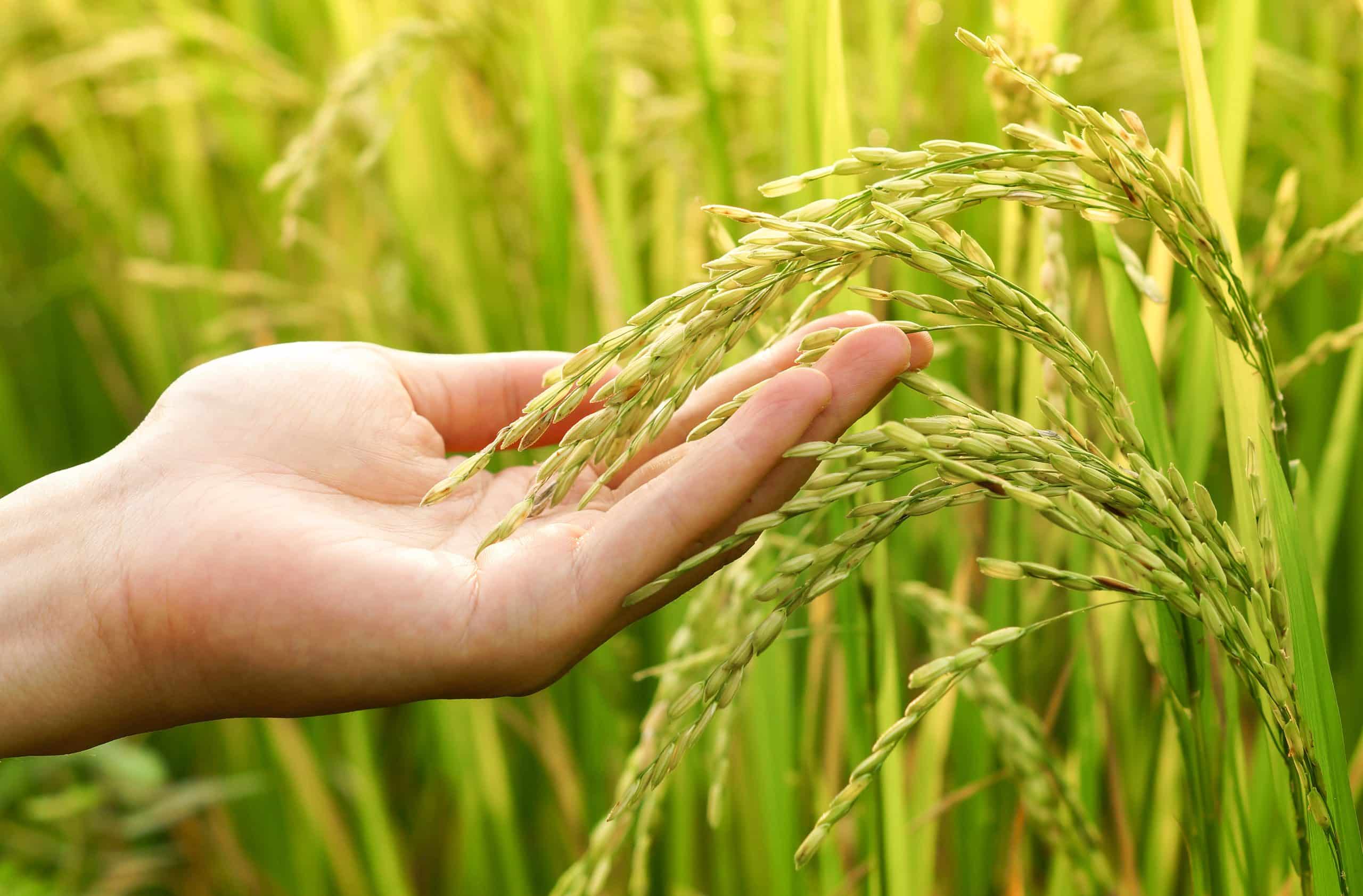Home Agriculture Plant production Magnesium Fertilization
Magnesian fertilization
Magnesium is an essential element in the plant development cycle. Based on this observation, Terresis Agriculture has developed a unique and comprehensive expertise on the role of magnesium in plants and its applications.
The vital role of magnesium
Magnesium is a fundamental element for plant development. A central component of the chlorophyll molecule, it is directly involved in photosynthesis by acting on the synthesis, transport and storage of sugars. It is also involved in various metabolic processes, including the transfer of energy within the plant.
Conversely, a magnesium deficiency will limit the development of the plant. Photosynthetic activity may be reduced, which inevitably leads to slowing down, or even inhibiting growth, poor resistance to stress or reduced yield.


A sustainable response to the imbalances...
In some types of soils, magnesium may inherently be scarce. For example, in sandy soils, magnesium will tend to leach more quickly, which can lead to magnesium deficiency in soils. These phenomena are all the more pronounced when the yield potential of the crop is high, because nutrient requirements are correlated with yield and exports. A situation that tends to worsen when the soil is acidic.
Similarly, excessive potassium or calcium intake can slow down the absorption of magnesium at the root level, which is called an antagonistic relationship between these 3 elements.
Magnesian fertilization makes it possible to correct all these imbalances over time. Applied in the form of an amendment, complex fertilizer, bulk-blending fertilizer or foliar fertilizer, it must be adjusted to the pedoclimatic conditions of the crops and the needs of the plants; also considering the technical itinerary and good agricultural practices.
... Adapted to the needs of plants
It is necessary to adapt magnesium intake according to cultural requirements and the pedoclimatic context.
Fertilisers can be applied directly to the soil, which has the advantage of sustainably nourishing the plant through root uptake, while taking into account the soil and its nutrients. Depending on the type of crop, the method of exploitation or the deficiencies, magnesium can also be applied foliar. Spraying ensures that nutrients are generally absorbed more quickly, and that certain antagonistic relationships in the soil are overcome. These foliar applications also make it possible to enhance the number of visits to the field.


Intelligent magnesium fertilization
Driven by continuous research and bold innovation, we have developed magnesium solutions that improve the structure and fertility of the soil, promote the development of the plant and contribute to the good health of the crop.
In concrete terms, our solutions help to stimulate root development and improve nutrient absorption, with the aim of increasing yield and quality of crops. They also adapt to the needs of plants and climatic conditions, since our magnesium range allows us to provide a response adapted to the different contexts and challenges of the 21st century.






